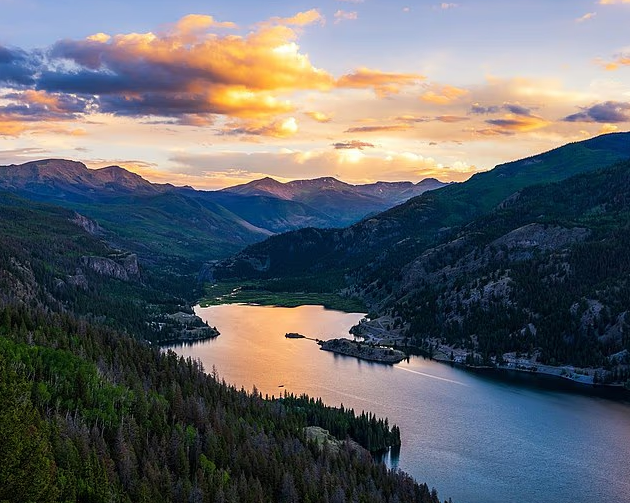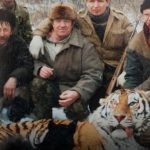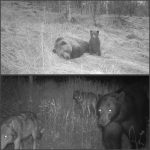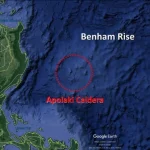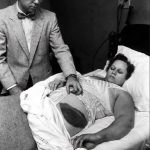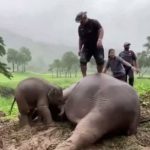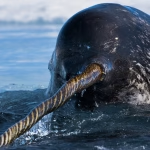Lake City: Remote Beauty and the Dark Legend of the San Juans

Tucked high in the San Juan Mountains, Lake City, Colorado, stands as one of the most remote towns in the United States. Situated deep in rugged terrain, surrounded by peaks and alpine valleys, it is accessible only by winding roads that cross mountain passes.
With a 2020 year-round population of just 432 residents, Lake City is the only incorporated community in Hinsdale County, earning a reputation as one of the most remote communities in the lower 48 states.
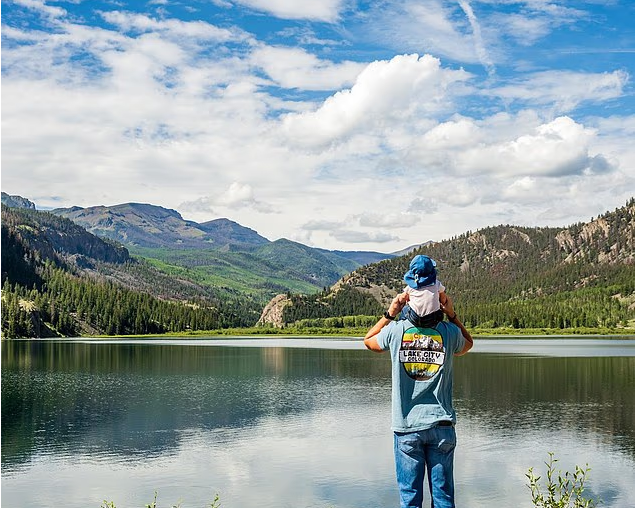
A Preserved Mining Legacy
Founded in the 1870s during the mineral rush, Lake City served as a vital supply hub, feeding rich sites like the Golden Fleece Mine, which produced over $$1 million in silver and gold.
When mining declined, the town’s geographical isolation proved to be its saving grace, preserving its historical architecture from modern redevelopment. Today, more than 75 buildings from the 1800s still stand in its historic district. It also marks the starting point for scenic routes like the Alpine Loop, leading travelers past ghost towns and historic mining sites.

The Grim Legacy: The Alferd Packer Case
Lake City is, however, most infamously known for one of the West’s grimmest and most debated survival stories. In late 1873, prospector Alferd Packer set out across the San Juans with five companions. By the spring thaw of 1874, only Packer returned. The skeletal remains of his companions were later discovered, bearing undeniable signs of cannibalism.
Packer gave conflicting accounts as to whether he was a desperate survivor or a cold-blooded murderer. He was tried at the Hinsdale County Courthouse in Lake City in 1883. Though the initial hanging sentence was overturned, he was convicted of voluntary manslaughter in a second trial in 1886, receiving a 40-year sentence. The Hinsdale County Museum today preserves artifacts from the case, solidifying it as an inseparable part of the town’s dark history.
A Future Focused on Adventure

Following the collapse of the mining industry, Lake City’s economy successfully pivoted to tourism in the 1930s. Today, activities like hiking, fishing, off-roading, and ghost-town exploration are central to the town’s survival. It also caters to modern adventurers, supporting long-distance trekkers on the Colorado Trail each summer, balancing its stunning natural beauty with its complex past.